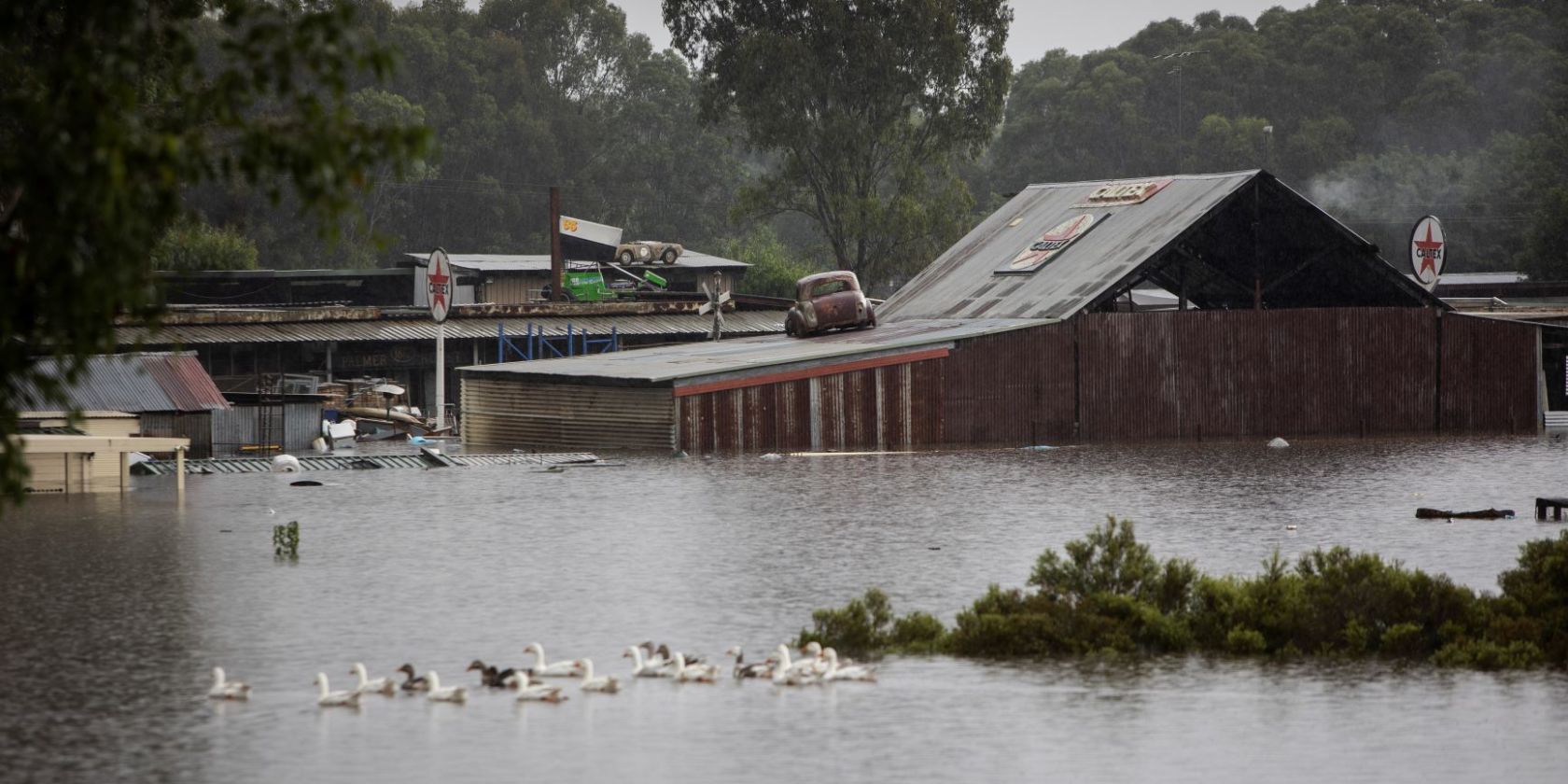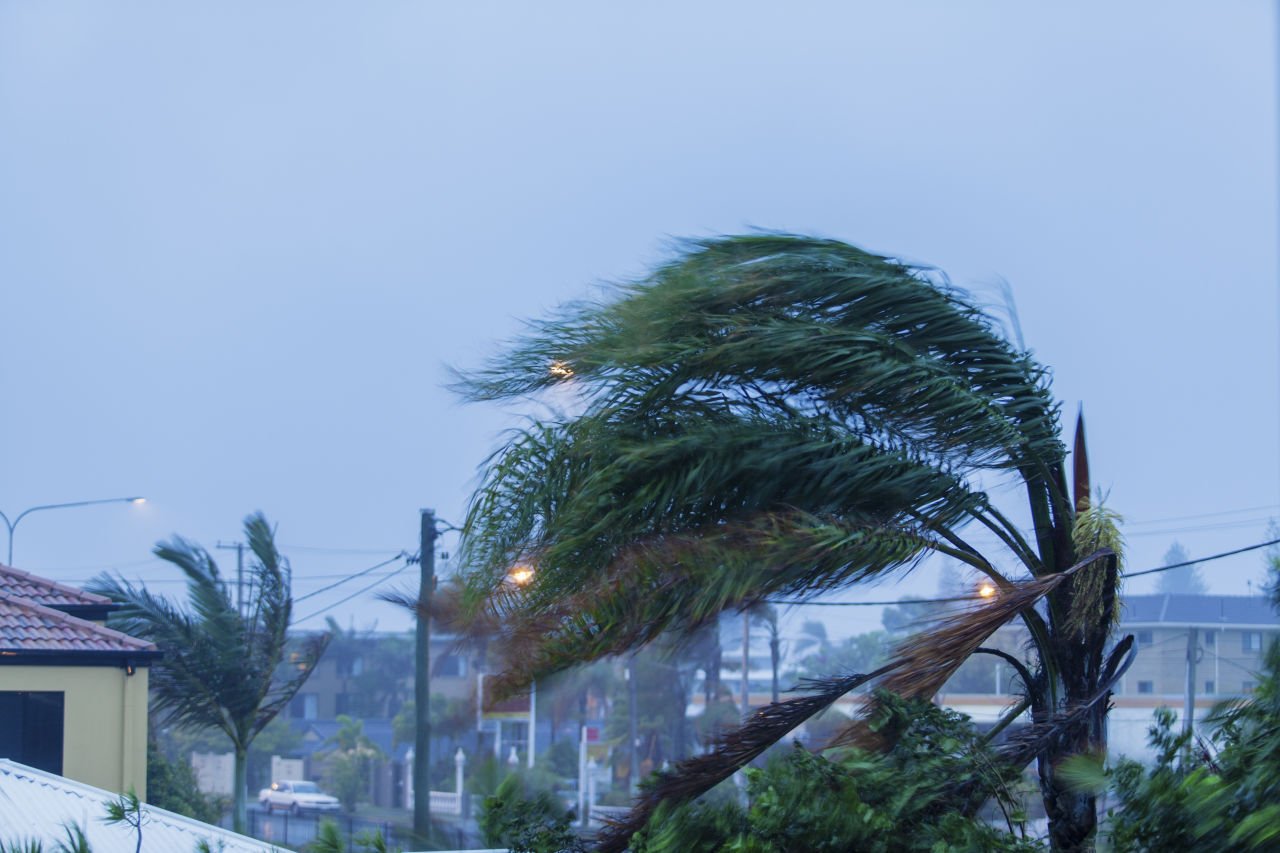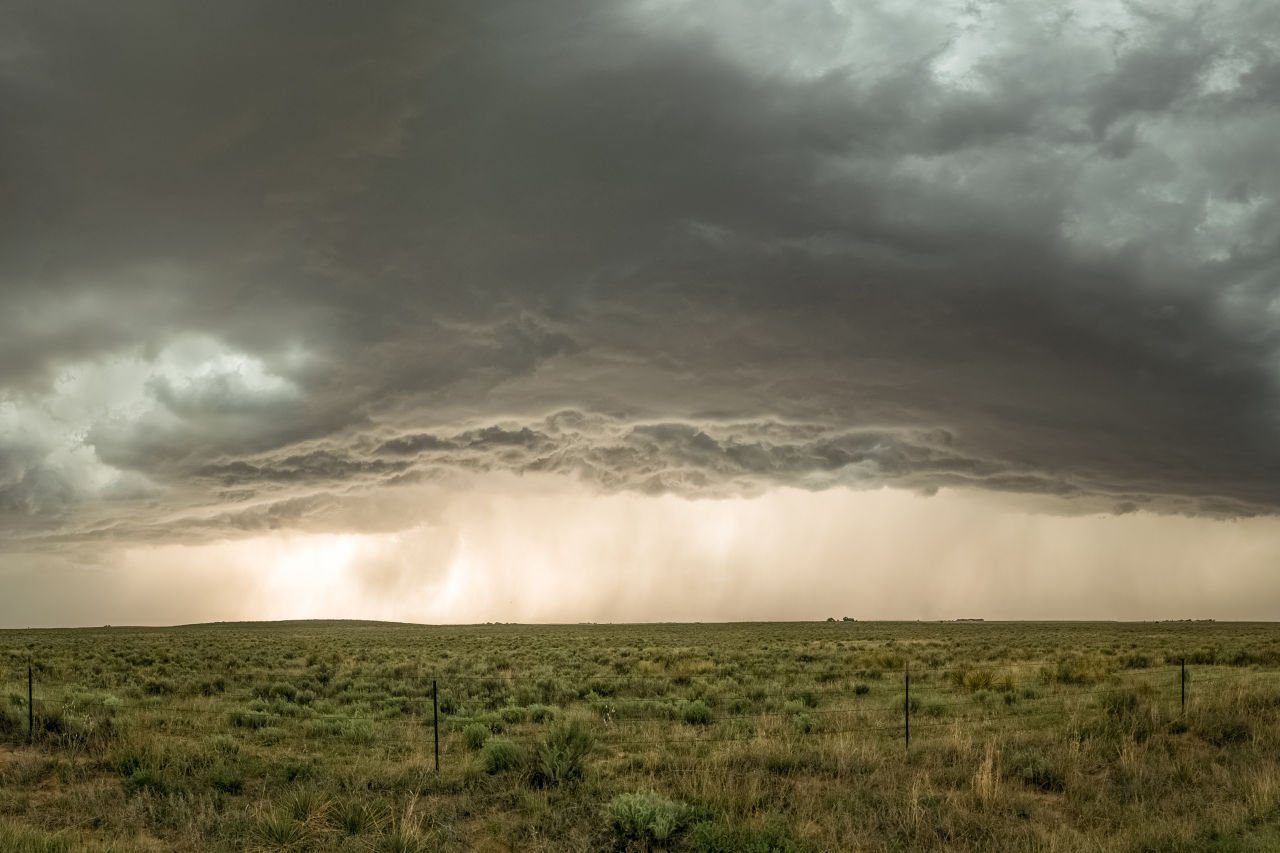Stumped by Storms: Australians don’t know enough about storm season to protect themselves
Suncorp Insurance is lifting the lid on storm season’s biggest myths in an attempt to educate and raise awareness of the simple ways Australians can be better informed, and therefore better prepared for severe weather, to protect their family, homes and mental wellbeing.
Share

Do you know when storm season officially starts? Do you know how fast wind needs to be travelling in order to turn an outdoor table into a dangerous projectile missile? Do you know who’s liable in the event of a healthy tree falling onto your home –you, or your neighbour?
According to new research released today by Suncorp Insurance –most Aussies don’t.

“We’re a country battered by extreme weather. Floods, cyclones, bushfires and storms are becoming more frequent and severe – yet our research shows Australians have limited knowledge and awareness about them,” Suncorp Insurance’s Head of Home Claims, Steven Hussey said.
“The knowledge gap around extreme weather events is concerning and contributing to Australians being underprepared when it comes to managing their impact."
Myth 1
Wind needs to be travelling in excess of 80km/hr to turn backyard items into flying missiles.
• One in three Australians (34 per cent) believe wind needs to be travelling over 80km/hr to turn outdoor items (such as furniture, kids' toys, gardening tools and garden gnomes) into missiles.
• A further 28 per cent have no idea.
• Wind speeds as little as 60km/hr can move everyday outdoor items - wreaking havoc and damaging homes, cars and even injuring people. Less than one in five (18 per cent) Aussies knew this.
Myth 2
Aussies don’t know when storm season officially occurs.
• Almost nine out of every ten Australians (89 per cent) could not identify the correct time of year for storm season, which officially begins on 1 September –the first day of Spring.
• Only 11 per cent (or one in ten) Aussies knew this.
Myth 3
Storm preparations around the home should only be completed once per year.
• The majority of Australians (81 per cent) are not aware that basic storm preparations around the home should be done every quarter.
• Queenslanders came out on top – with just over a quarter (27 per cent) knowing this.
As part of storm preparation, it is vital to go beyond the basic tasks – such as checking gutters and trimming overgrown trees.
Suncorp Insurance's Head of Home Claims, Steven Hussey
“Many Australians seem to be unaware of the activities they should be doing around the home to strengthen their home against natural disasters, including:
- Installing or checking fixed and openable high-performance mesh screens on doors and windows,
- Inspecting and maintaining retaining walls,
- Identifying which items may need to be raised or moved in the event of flooding,
- Inspecting the roof for loose or damaged tiles, and
- Replacing metal gutters and downpipes with PVC materials, which, in extreme weather can become 'sacrificial' and safely fall away from the house.
When done regularly, you’re giving yourself the best chance to protect and strengthen your home against severe weather," Mr Hussey said.
Myth 4
Hailstones impact vehicles more than homes.
• Most Australians (62 per cent) believe hailstones impact vehicles more than homes – indicating that Australians do not have a clear understanding of how damaging hailstones are.
• According to Suncorp Insurance claims insights, hailstones cause significant damage to homes – as it costs more and can take longer to fix and replace things like damaged roofs, windows and contents.
“Along with the physical damage caused by hailstones, the non-financial effects can also have a significant and lasting impact on people’s lives,” Mr Hussey said. “Our home is where we live, and for some of us, work too - so lives can be turned upside down if our home is damaged or unliveable. The physical and emotional impacts on families being displaced from their home and community while repairs are done, having all their contents impacted from a damaged roof or flooding can be life-changing, and traumatic.”
Myth 5
Insurance will cover the cost of repairs if a home is damaged by extreme weather – regardless of whether the home has been maintained.
• Alarmingly, one-third (33 per cent) of Aussies expect their insurer to cover the cost of repairs if their home is damaged by a significant weather event –regardless of whether the home was maintained.
• A further third were unsure.
Mr Hussey said unfortunately this is a common misconception among Aussies, and one he is eager to bust. “Most PDS’ include clauses that exclude cover for general wear and tear–and damage caused as a result of it."
"Australians need to be aware that if they don’t maintain their home –and keep on top of general maintenance issues–they leave themselves exposed to the risk of their home and contents being more susceptible to damage from severe weather events, but also their insurance not covering them.”
Myth 6
If you make a claim – you must pay an excess.
• Almost one-third (32 per cent) of Australians believe that they have to pay an excess anytime they make an insurance claim related to a natural hazard event; this was particularly high among Queenslanders (37 per cent) and South Australians.
• This one can be tricky –as it depends on the type of claim. If you are claiming for damage to your home and/or contents –then an excess will apply, however, if you are claiming for food spoilage, an excess does not need to be paid.
• Furthermore, around one in ten Australians (12 per cent) thought they would have to pay an excess on an insurance claim for damaged/lost photos and important documents – something insurance does not cover.

Myth 7
After a weather event, you must not touch or dispose of any damaged items – you have to wait for an assessor.
• Most Australians (61 per cent) believe they must not touch or dispose of damaged items before they can be inspected by an insurance assessor.
“This was a common misconception after the 2011 Queensland Floods, and the most recent East Coast Floods – where impacted Australians thought they could not begin the clean-up process in their home until after their insurance assessor had been through the property,” Mr Hussey said.
“As long as you take photos, and note down make, model and serial numbers – you can absolutely start to remove damaged items from your home, and get the clean-up process underway.”
Myth 8
Flood cover is not automatically included in your home insurance.
• Almost three-quarters of Australians (71 per cent) believe they need to request ‘flood cover’ on their insurance policy to be covered in the event of a flood –this is not the case for Suncorp Insurance customers.
“This is another example of why it is so important to read your PDS and understand what you are covered for as this does vary depending on the insurer,” Mr Hussey said.
“However, with Suncorp Insurance, if it’s wet – regardless of if the water comes from the sky, the river or the drain, you’re covered.”
Myth 9
If your neighbour’s healthy tree falls and damages your property during a storm –your neighbour is responsible.
• This one split the country down the middle – with just over half of Australians (51per cent) incorrectly assuming that a neighbour would be responsible for paying for damage and repairs if their healthy tree fell on your property.
“As an insurer, this is a situation we see frequently during storm season –and a myth that Aussies need to have busted,” Mr Hussey said. “If the tree is healthy, and it falls as the result of a storm damaging your property, this is generally considered an 'act of God’, so your neighbour is not liable. You will have to lodge a claim with your insurer.
However, if the tree is unhealthy, damaged or hasn't been properly maintained, your insurer can work with you to hold your neighbour liable – another reason to ensure you keep your home and garden properly maintained.”
Myth 10
Unless advised by Emergency Services, I should assume it is safe to remain at my property.
• During a severe weather event, almost half (42 per cent) of Australians believe they only need to evacuate when told to do so by Emergency Services.
“This is a myth. It is unwise to assume it is safe to remain in your home if you have not received a warning from emergency services. During a weather event, communications can breakdown, and messages may not be delivered in a timely manner,” Mr Hussey said. “The safety at a property is highly contextual around location, the severity of the weather and the degree to which the property is damaged. Australians need to assess the situation for themselves as they have a more detailed understanding of their location and risks. “An evacuation plan is an essential part of storm preparation and ought to include many sources of information, including Emergency Services warnings.”
#Knowledge is power
By busting some of the most common myths around storm season, Suncorp Insurance hopes to change Australians' behaviour so they become more proactive, rather than reactive. "Knowledge is power, and by being informed, we’re hoping Australians can become stronger and more resilient to natural disasters," Mr Hussey said.



